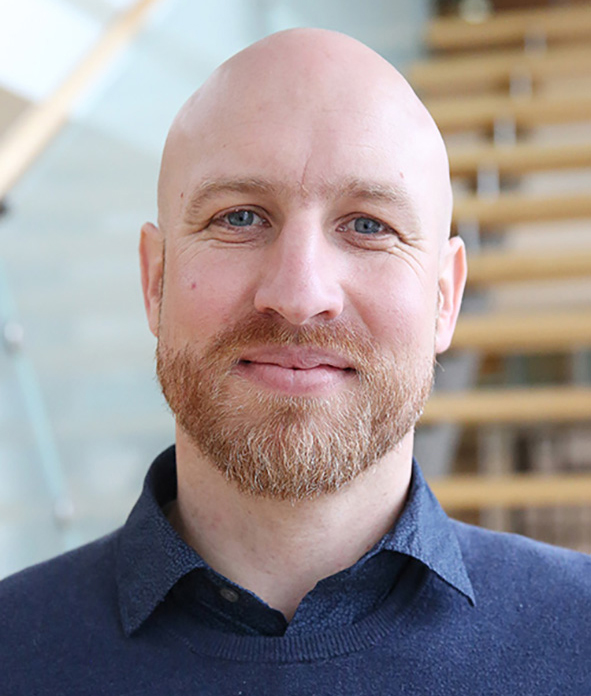In the past, researchers have only been able to indirectly study the relationships and connections between people in ancient societies. However, recent advancements in archaeogenetics now allow them to successfully retrieve ancient genomic data, often from nearly all individuals at an archaeological site. This means they can now study relationships within the site itself. By estimating biological relatedness and demonstrating unrelatedness, they can then also infer social and kinship ties, gaining valuable insights into the social structure and organization of prehistoric societies.
Investigating the biological and social structures of human societies
"It is now possible to estimate shared ancestry between individuals and identify biological relatives up to the 10th degree using advanced analytical techniques," explains Wolfgang Haak, a research group leader in the Department of Archaeogenetics. "This has enabled us to detect distant relatives between different sites, and sometimes even different regions." Many such links across sites and regions can be found in the published ancient human genomes from European prehistory. The chances of finding more increase immensely with the number of individuals studied. Haak further explains that by fully integrating archaeological, anthropological, isotopic, and other contextual data, it will be possible to match the levels of resolution in archaeology and genetics. “This will allow us to map relationships over geographic distances and learn how prehistoric communities were organized, interacted, and networked."
With these exciting prospects in mind, the ROAMANCE project aims to enhance the data density in Neolithic and Bronze Age Europe. To this end, the long-standing close cooperation with the Saxony-Anhalt State Office for Heritage Management and Archaeology will be expanded. Around 600 samples from important sites dating from the 3rd millennium BCE, such as the ring sanctuary at Pömmelte, and the Late Neolithic cemeteries at the Profen lignite mine, will be examined. In addition, new, well-contextualized sites and regions will be included to construct comprehensive maps of contact, trade, and exchange based on quantifiable and statistically robust measures. "This unique, large-scale, spatio-temporal reference dataset will enable us to apply innovative integrated modeling approaches. These approaches will explore theoretical frameworks and kinship models from ethnographic studies and provide new insights into the evolution and structures of human societies," concludes project leader Haak.
Wolfgang Haak received his Ph.D. in Physical Anthropology at the Johannes Gutenberg University Mainz in the year 2006. After his doctorate, he held a postdoctoral position at the Australian Centre for Ancient DNA at the University of Adelaide in Australia. Since 2015, he has been a research group leader in the Department of Archaeogenetics.
The ERC Advanced Grants scheme targets established leading researchers of any nationality with an outstanding scientific track record who want to explore new fields of research.
Contact:
Dr. Wolfgang Haak
Group Leader, Molecular Anthropology Research Group
Department of Archaeogenetics
Max Planck Institute for Evolutionary Anthropology, Leipzig
wolfgang_haak@[>>> Please remove the text! <<<]eva.mpg.de
Sandra Jacob
Press Officer
Max Planck Institute for Evolutionary Anthropology, Leipzig
+49 341 3550-122
jacob@[>>> Please remove the text! <<<]eva.mpg.de
Dr. Oliver Dietrich
Public Relations, Press Spokesperson
Saxony-Anhalt State Office for Heritage Management and Archaeology
+49 345 5247-334
odietrich@[>>> Please remove the text! <<<]lda.stk.sachsen-anhalt.de
